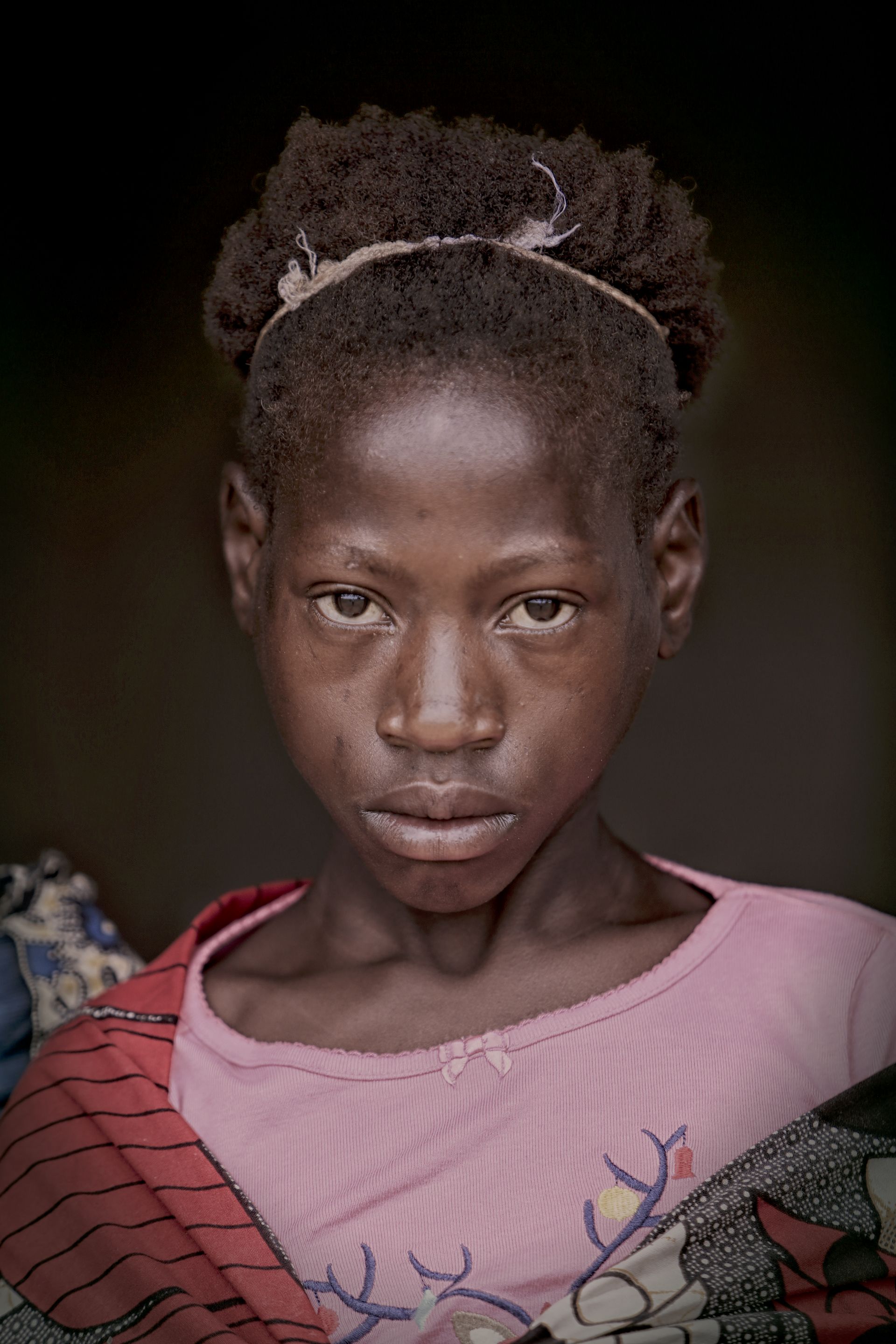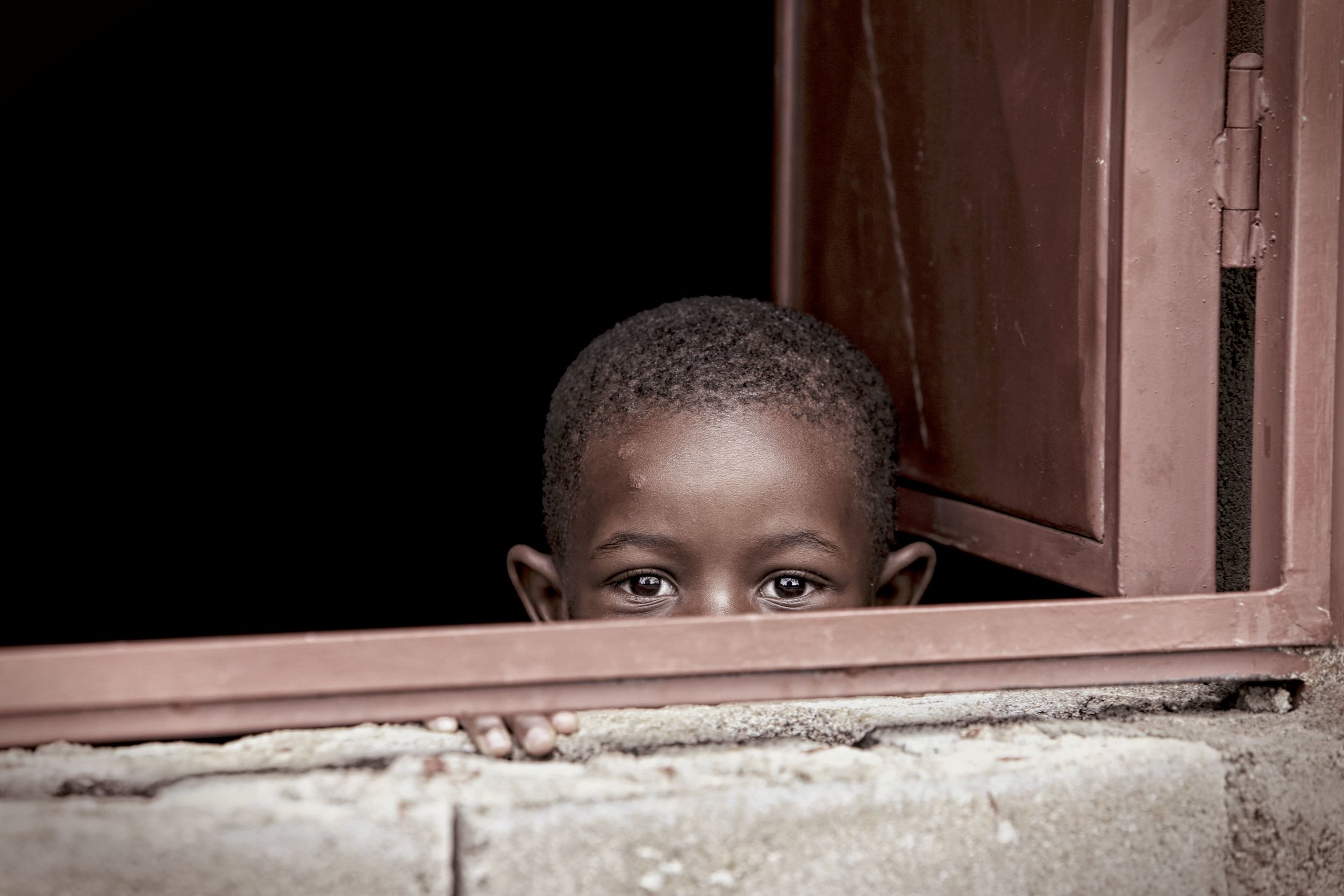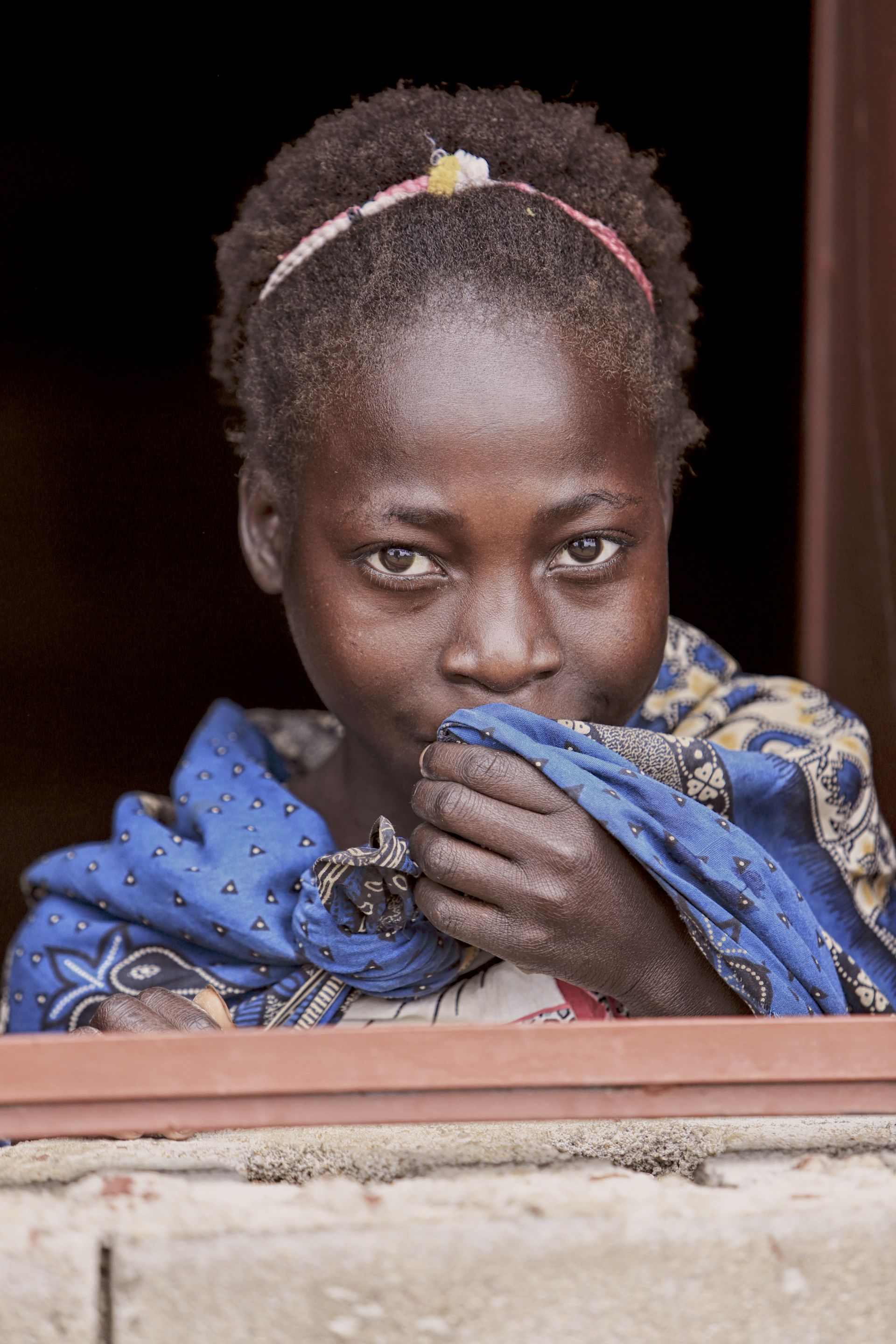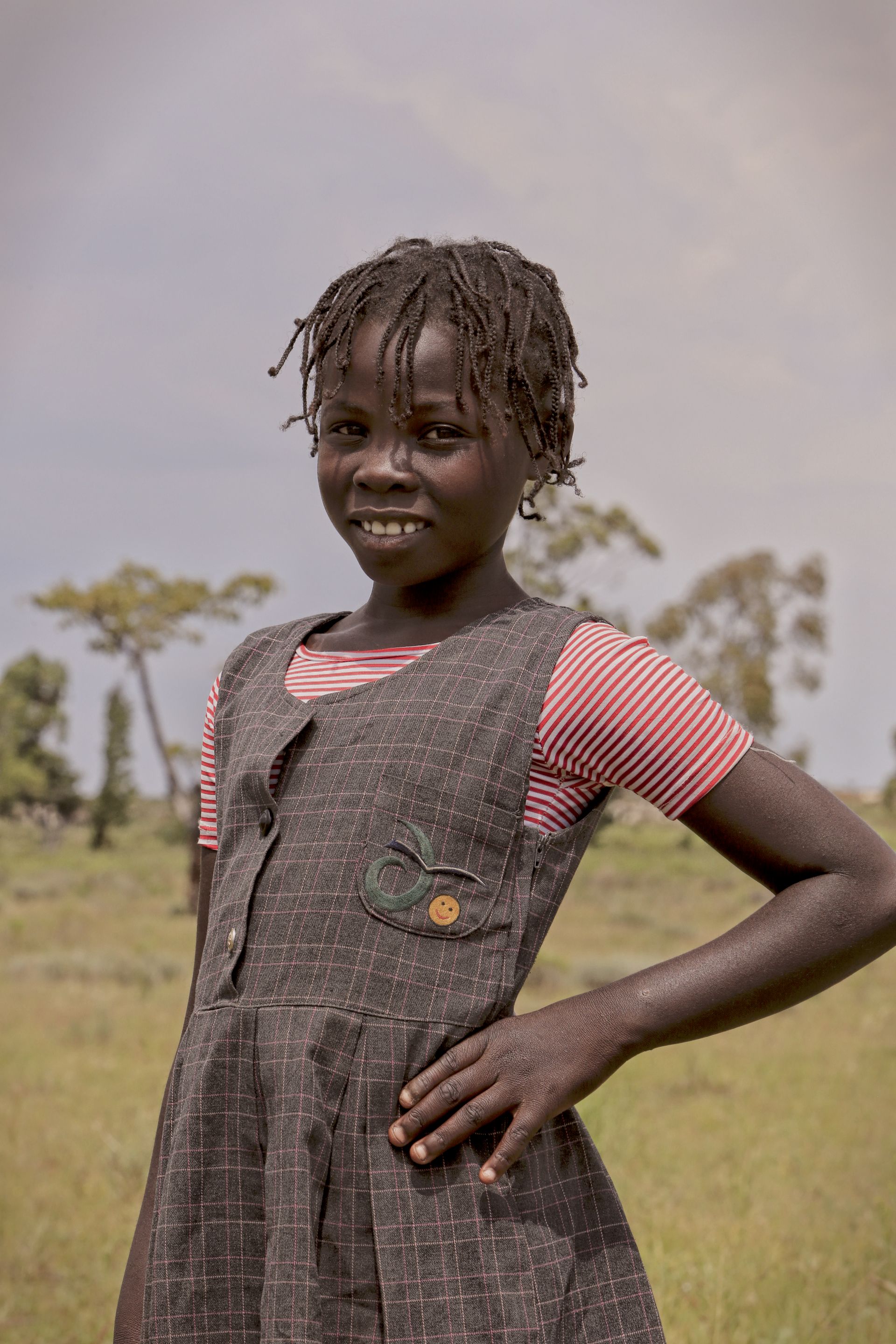Sitting at home in suburbia watching movies about the old world, I always romanticized the role of the witch doctor. Without squabbling over power or wealth, they were a community leader, a trusted advisor, someone who could expel demons and create wellness potions out of plants the western world hadn’t even discovered yet. When I began to travel, bush medicine gained an association with mind altering psychotropics used in spiritual rites like the peyote buttons of Native Americans, ayahuasca of the Incas, or muscarinic Fly Agaric mushrooms of Siberia. This essay is not meant to argue for or against these concoctions, simply to illustrate the informed, controlled manner in which these medicine men practiced. Tribal diviners were attributed with knowledge, wisdom, vision, and benevolence. How disappointing, then, to find nothing could be further from the truth here in Angola.
Quite literally from the very first patient, my preconceptions of bush medicine started to falter. Coming to CEML for help is often the last resort for villagers. Western medicine is considered unsavory, an aface to traditional medicine which is the mainstay of the entire community. When someone complains of chronic abdominal pain, western doctors develop a differential diagnosis to identify the most likely (and the most deadly) illness(es); this would then inform indications for testing and treatment. In the bush, chronic pain is treated by nicking the skin over the affected area. This can be done for blood letting to rid the victim of corporeal spirits or curses, or the wounds can be rubbed with poison which causes severe inflammation and pustulence. In tribal tradition, medicine must hurt to work; for this reason, we do not put lidocaine in our joint injections.
When the superficial cuts fail to produce results, the witch doctor has no choice but to escalate his next salvo: a bolus of boiled poison administered as an enema or injection. Dr. Tim details a period at CEML when one patient a day would arrive icteric (having yellow eyes, indicates liver failure), obtunded, or comatosed. Within 48 hours the patient would perish from fulminant hepatitis. The cause is now well known to western practitioners in Angola to be traditional medicine. In all the years since patients began to admit this, however, they have yet to disclose what they were prescribed by their esteemed advisor; no antidote, therefore, has been discovered. At the time of writing this I have two patients under my care who will soon perish from this very torment. They never complain though, never blame the witch doctor, never get angry, they accept their fate as God’s will and ask you to make them comfortable (a relative term out here).
Norm and Audrey Henderson have been instrumental in building an Anglican church on the outskirts of Lubango. A group that once met in the shade of a pair of eucalyptus trees grew and grew until it was clear they would need a home for the parish. In the common area of a swath of Nyanekan homesteads, community members donated their sweat equity and various skills to build the church out of the very earth on which it was situated. Bricks of mud, benches of local timber, and doors of salvaged corrugated steel came together to create something greater than the sum of their parts. The clarity of song this simple building creates boggles the mind, even for a relatively small group which gathered on my first Sunday with the congregation. It would be unusual to begin any formal program at its scheduled time, but on this particular day it took worshippers longer than usual to arrive. Audrey fills the time changing wound dressings for parishioners outside the church. Before the pastor even began his welcoming remarks, Norm and Audrey knew something was amiss.
Nurse Audrey Henderson
Changing Dressings Before and After Church service
A neighboring village had experienced a tragic loss several days prior, a young infant had succumbed to his respiratory infection. Audrey knew this child. She had treated him. He was sick, but not gravely so; what happened? We traveled to the community after church to grieve with the family. A young couple in visible shock sat slumped on a handwoven blanket in the shade of an adobe hut. Elder women in traditional panos (lengths of batik cloth worn as skirts, head-dresses, or child slings) encircle the couple in the courtyard of the village as young men bring us chairs from their homes. Norm offers the bereaved parents a prayer of solace in Portuguese which is translated to Nyaneka. Slowly an uncle, friends, and neighbors begin painting a picture of what happened which requires a great deal of distillation to clarify.
Not completely trusting Audrey’s antibiotics and symptom management, the parents consulted with the local witch doctor. A common staple here is flour with various amounts of water and heat. A little water and lots of flour makes “funge,” a filling, tasteless goo that sits like a rock in the stomach. A little flour and lots of water makes “kissangua,” a meal replacement that can be packed in a used plastic bottle for long days at church or waiting in line at the clinic. For some reason, this particular witch doctor felt the appropriate treatment for this child’s respiratory infection was flour with no water, placed directly in the mouth. He was asphyxiated. The infant was killed by an untrained, over-confident charlatan who would be convicted of murder in the United States. Here, though, the infant was simply considered too far gone to be saved, likely the victim of a curse set upon the family by an enemy in another village.
After excusing ourselves from the somber, but somehow beautiful ceremony we felt very privileged to be a part of, we were immediately ushered to another homestead plaza not 50 meters away. Here a man was accused of this very act, of cursing a child who died in a distant village (a child he had never met), and had thus been beaten until nearly dead. Audrey had been present and chased the men off before they could finish the job. Now the man was complaining of severe chest pain and difficulty breathing, likely from broken ribs. It had been several weeks now since the assault and I was able to rule out a lung or splenic laceration, so we delivered the unsatisfying news that he just had to wait for the ribs to heal. Thinking we were finished, we turned to leave when several other villagers began to approach us with various concerns, not the least of which was wanting to be freed from the grip of alcohol (Sunday is drinking day, usually on homemade hooch). Norm made a quick escape to the Hilux claiming he was not medically trained, I followed after as Nyaneka is not one of my languages, Audrey, however, has an above average capacity for compassion and stayed well after until Norm began honking the horn to clear off other would-be traditional-to-western-medicine converts.
We beat a quick retreat back to asphalt. I lamented the demise of my romantic notions of bush medicine.






